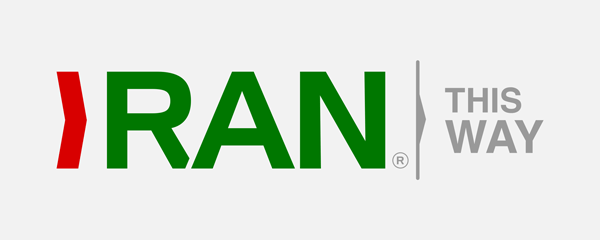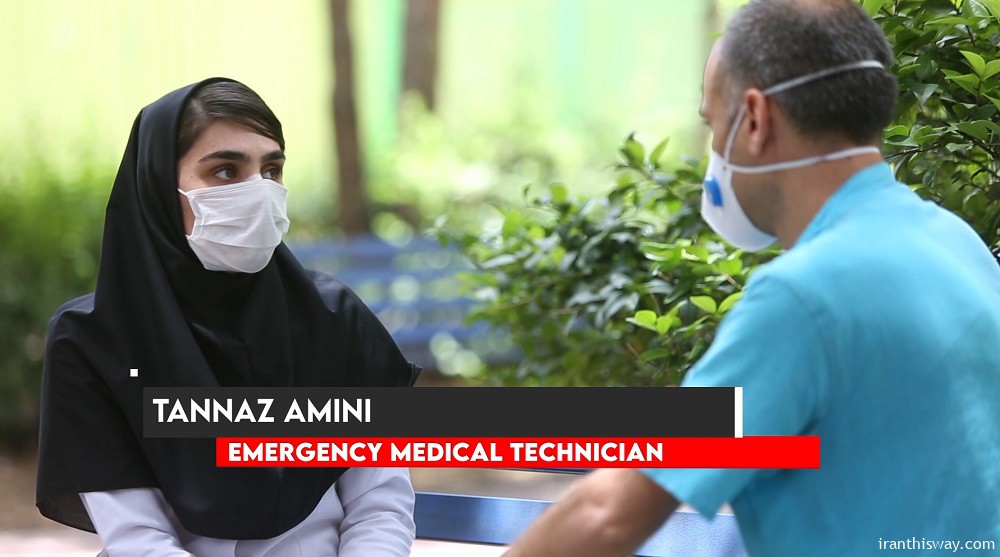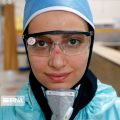By: Sadeq Hosseini, Farbod Khalili: IranThisWay.com| Coronavirus has become a household name in its short existence among us. Months of lockdown and extreme caution have turned us all into self-proclaimed virologists and epidemiologists. So, by now, you should know well that staying home is one of the best and easiest ways to help prevent the spread of COVID-19.
But have you ever wondered what happens to the homeless?
After all, they are among the most vulnerable to coronavirus.
Figures show at least two percent of the world’s population -or about 150 million people- does not have a home.
The pandemic shut down homeless shelters, just like other public places and businesses, over fears that outbreaks in crowded facilities with vulnerable people in poor health could be catastrophic.
Therefore, hotels, parking lots, stadiums, and other facilities that could house rough sleepers were turned into emergency shelters for the homeless.
Tehran, just like other megacities, is dealing with the homelessness problem. Some studies put the number of the capital’s rough sleepers at around 10 thousand. But data provided by the municipality shows homeless shelters do not operate on full capacity in warmer months of the year. In other words, the homeless prefer to stay homeless unless it is absolutely necessary! But the outbreak changed everything.
There are currently 62 social service shelters operating across Tehran with the capacity of over 64 hundred. Every year, about 300 thousand people -the homeless, street beggars, and other needy individuals- use the services provided by these centers. They range in age from 18 to 90 years. But most of the homeless are between 35 to 40 years old.
Soon after the emergence of the outbreak, Tehran municipality took extreme precautionary measures in line with general health protocols to prepare these homes for the new situation.
We are on in a shelter for homeless women in a western neighborhood of Tehran. Tehran municipality built and equipped this place with the help of donors.
One of the early challenges facing almost all cities all around the world was the shortage of face masks. And this was no exception for the shelters. In fact, given that most of the homeless suffer from long term conditions, becoming infected with the virus could have severe consequences for them. So, the shelters started to produce their own masks; thousands of them every day.
Roqiyeh Beigzadeh, Social worker: Chitgar homeless shelter for women has a bed capacity of 450. Currently around 150 people – mainly addicts and those rejected by their families- between the ages of 18 to 60 reside here. The center is open 24/7, and aside from providing three hot meals, it also offers medical and psychiatric services and consultations to individuals, and works to reunite them with their families.
Beigzadeh said: Coronavirus made our work much harder since we had to check the residents’ symptoms and disinfect the facility on a daily basis, as well as providing prevention training for them.
She added: A face mask production workshop was assembled with the help of the residents to produce, disinfect and package between 500 to 1000 masks daily.
Aida, 37 years old: The safe space this center creates, as well as the possibility of staying around the clock and, of course, the excellent rapport with social workers are some of the more important reasons convincing me to stay here for a long time. Here we have everything a woman needs. We were quarantined after the emergence of the outbreak. Our symptoms like fever were checked, and thank God I had no problem here. I go out with my friends here from time to time to take care of my personal and sometimes administrative work. There is a theater, a library and sports equipment, and I use these facilities.
Tanaz Amini, Emergency medical technician & paramedic: During this time we only had one suspicious case who was then sent to the hospital and later diagnosed with an overdose. Aside from that, we have had no other suspicious cases in the three months since the start of the outbreak. In the early days, the homeless would not accept the new health protocols and resisted them. But with the passage of time and some training, they would come to us to have their symptoms checked and make sure they did not have the disease.
This is Khavaran Shelter in southeast of Tehran with a 600 bed capacity. Until before coronavirus, its sleeping capacity was never even nearly full in spring and summer. But now, the capacity has been increased to 1000.
Abbas Nejad, Technical assistant, Khavaran shelter: The shelter has a capacity of 450 people, and it admits people from 18 to 80 years old. With the spread of coronavirus and the closure of other addiction treatment centers, there’s been an increase in the number of referrals. Following the announcement of health protocols, our job became harder. Accordingly, we disinfect the complex several times a day. Before admission, we disinfect the individuals. They have seperate beds.
Pirouz Hanachi, Tehran mayor : The 21 shelters of Tehran host about 66,000 people every month. The individuals receive three meals a day as well as medical care. Despite the fact the shelters are often crowded, we have not recorded any covid-19 since the start of the outbreak.
Tehran mayor said: We achieved this feat with help from the individuals themselves – after receiving proper training and equipment like face masks- and following the implementation of strict health protocols like constant disinfection of the facilities.
Tehran was one the first and worst-hit cities in the world. The early days of the pandemic were chaotic with people panic buying sanitary products and staple food items. But even back then, the municipality never seized its services to the most vulnerable and the needy. And that’s why no one -not a single soul- in the homeless population has contracted the disease so far; a truly remarkable feat.
We are a strong nation. We have experienced all sorts of ups and downs in recent history only to come on top successfully every single time. So, I’m sure we will put this crisis behind us with flying colors. But this doesn’t mean we should relax precautions.





